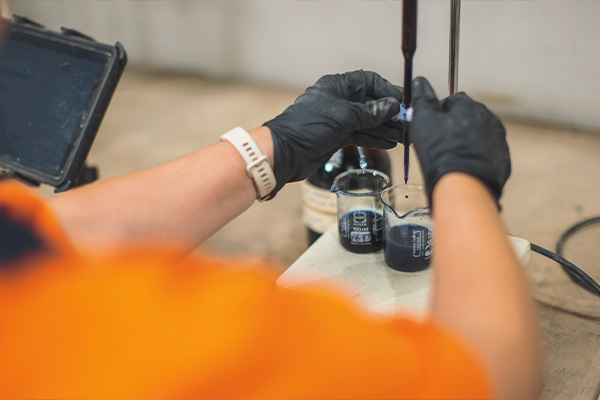These soils are naturally occurring soils and sediments that contain high levels of iron sulfides, which when exposed to air and water can produce sulfuric acid. This can have a range of negative impacts on the environment, including acidification of waterways and damage to vegetation, as well as potential impacts on human health and infrastructure.
The assessment process begins with a site investigation to identify the presence and distribution of acid sulfate soils, and to assess the potential impacts of the soils on the surrounding environment. The investigation typically includes soil and water sampling, as well as laboratory analysis to determine the acidity and sulfur content of the soils. The results of the assessment are then used to develop management strategies to mitigate the potential impacts of the acid sulfate soils, such as pH neutralization, drainage, or soil covering. It’s important to undertake an Acid Sulfate Soil assessment before any excavation, filling, construction or development activities in the area, as well as for mining operations, as the acidity in the soil can have severe consequences on the environment and human health.
Acid Sulfate Soil maps have three primary ‘probability of occurrences’ map classes:
- High Probability of Occurrence of Acid Sulfate Soils
- Low Probability of Occurrence of Acid Sulfate Soils
- No Known Occurrence of Acid Sulfate Soils.
These are explained in more detail in Section 1.3.3 of the ASSMAC Guidelines for the Use of Acid Sulfate Soil Risk Maps. Large areas of coastal NSW are impacted by acid sulfate soils. These areas are often low lying land surrounding coastal lakes and rivers.
Section 2.2 of the ASSMAC Guidelines further Explain:
‘The probability maps do not describe the actual severity of acid sulfate soils in a particular area but provide a first indication that acid sulfate soils could be present on the site. For each class of land, the maps identify the type of works likely to present an environmental risk if undertaken in the particular class of land. If these types of works are proposed, further investigation is required to determine if acid sulfate soils are actually present and whether they are present in such concentrations as to pose a risk to the environment. If the concentration meets or exceeds the “action criteria” in Table 4.4, an acid sulfate soils management plan must be prepared and development consent must be obtained from council’.
The Class of land for development where Acid Sulfate Soils occur is then broken up into Class 1 (most severe) to Class 5 (least severe).
Refer Table 2.1 of the ASSMAC Guidelines for further clarification and explanation on Class of land.
To assess if your property falls within a Acid Sulfate Soil Risk area online maps can also be sourced at the NSW Office of Environment & Heritage eSPADE v2.0 site (Retrieved from Environment.nsw.gov.au).

